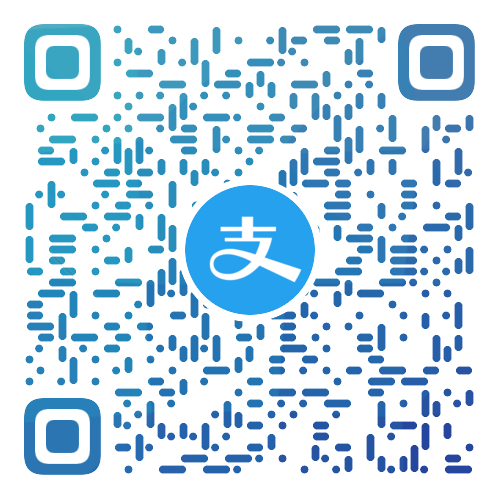Java封装JSON数据类型:轻松实现数据模型与JSON交互,提升开发效率与代码质量
在Java开发中,处理JSON数据是一个常见的任务。随着API的普及,将数据以JSON格式进行交换变得尤为重要。本文将详细介绍如何使用Java来封装JSON数据类型,从而实现数据模型与JSON的交互,同时提升开发效率与代码质量。
一、Java中的JSON处理工具
在Java中,处理JSON数据常用的工具包括:
- Jackson: 一个高性能的JSON处理库,能够将Java对象映射到JSON格式,反之亦然。
- Gson: Google开发的一个简单、易于使用的JSON处理库。
下面以Jackson为例,介绍如何封装JSON数据类型。
二、使用Jackson封装JSON数据类型
1. 添加依赖
首先,在你的项目中添加Jackson的依赖。如果你使用Maven,可以在pom.xml中添加以下内容:
<dependency> <groupId>com.fasterxml.jackson.core</groupId> <artifactId>jackson-databind</artifactId> <version>2.12.5</version> </dependency> 2. 创建Java类
创建一个Java类来表示你的数据模型。例如,假设我们有一个简单的用户信息类:
import com.fasterxml.jackson.annotation.JsonProperty; public class User { @JsonProperty("id") private int id; @JsonProperty("name") private String name; @JsonProperty("email") private String email; // 构造器、getter和setter方法 public User() { } public User(int id, String name, String email) { this.id = id; this.name = name; this.email = email; } // 省略getter和setter方法... } 3. JSON序列化
使用Jackson将Java对象转换为JSON字符串:
import com.fasterxml.jackson.databind.ObjectMapper; public class JsonSerializationExample { public static void main(String[] args) { User user = new User(1, "John Doe", "john.doe@example.com"); ObjectMapper mapper = new ObjectMapper(); String json = null; try { json = mapper.writeValueAsString(user); System.out.println(json); } catch (Exception e) { e.printStackTrace(); } } } 4. JSON反序列化
将JSON字符串转换为Java对象:
import com.fasterxml.jackson.databind.ObjectMapper; public class JsonDeserializationExample { public static void main(String[] args) { String json = "{"id":1,"name":"John Doe","email":"john.doe@example.com"}"; ObjectMapper mapper = new ObjectMapper(); User user = null; try { user = mapper.readValue(json, User.class); System.out.println(user.getName()); } catch (Exception e) { e.printStackTrace(); } } } 三、总结
通过使用Java中的JSON处理工具,如Jackson,我们可以轻松地将数据模型与JSON进行交互。这不仅提升了开发效率,还保证了代码质量。在实际开发中,合理使用JSON处理工具能够使我们的应用更加健壮和易于维护。

 支付宝扫一扫
支付宝扫一扫 微信扫一扫
微信扫一扫

